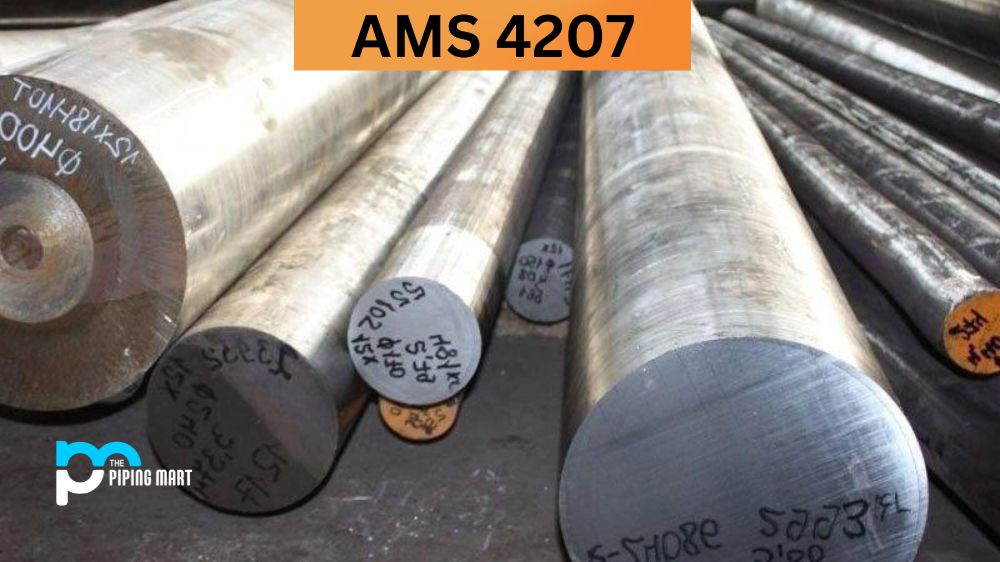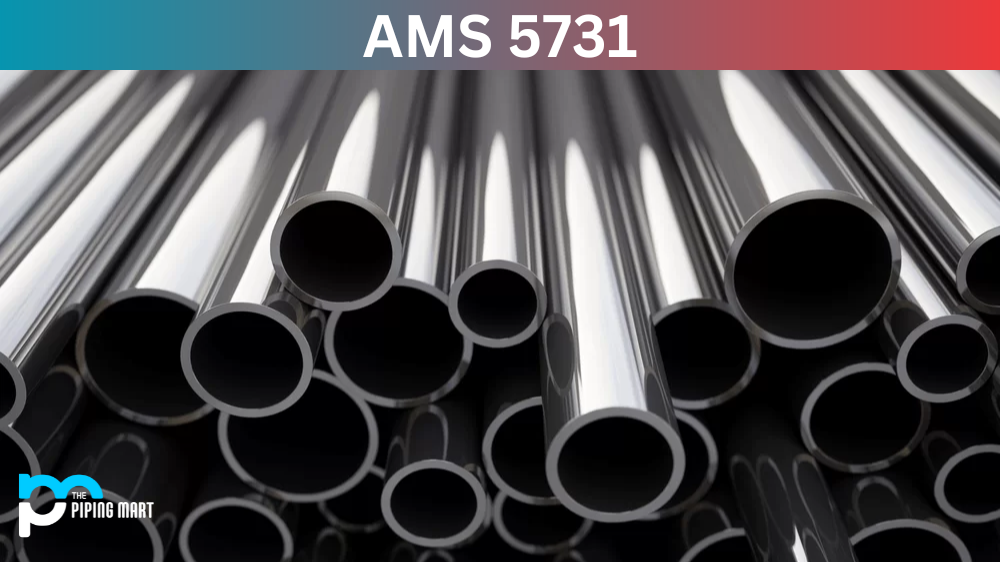AMS 4207 is a popular material in the aerospace industry for its unique composition and mechanical properties. This material is known for its high-temperature resistance, strength, and durability. If you want to learn more about AMS4207, you’ve come to the right place. This blog will explore the composition, physical and mechanical properties, uses, hardness, and heat treatment of AMS 4207. So, let’s dive in!
What is AMS 4207?
AMS 4207 (also known as Aluminium 7475 Alloy) is a specific type of lubricant used in the aviation industry. The lubricant has a unique formula that is tailored to optimize the performance of gas turbine engines. AMS4207 is highly regarded in the industry for its ability to withstand extreme temperatures and pressure. Its exceptional stability and resistance to oxidation make it less prone to breakdown, increasing the maintenance interval for aircraft engines. Moreover, the lubricant is eco-friendly since it does not contain chlorine or sulfur, which can harm the environment. With its outstanding performance and efficiency, it’s no surprise that AMS4207 is the go-to choice for many airlines worldwide.
AMS 4207 Composition
AMS 4207 is a nickel-based alloy that contains elements such as chromium, iron, molybdenum, and cobalt. Its composition is carefully designed to provide excellent strength and high-temperature resistance. The presence of nickel and molybdenum enables this alloy to withstand extreme temperatures and corrosive environments. The addition of cobalt enhances its overall strength and toughness.
| Element | Content (%) |
|---|---|
| Aluminum, Al | 90.3 |
| Zinc, Zn | 5.7 |
| Magnesium, Mg | 2.3 |
| Silicon, Si | 1.50 |
| Chromium, Cr | 0.22 |
AMS 4207 Physical Properties
The physical properties of AMS 4207 include a density of 8.26 g/cm³ and a melting point of 1,320 °C (2,408 °F). It has a high coefficient of thermal expansion, which makes it ideal for applications that require dimensional stability at high temperatures. Its thermal conductivity is relatively low compared to other metals.
| Properties | Metric | Imperial |
|---|---|---|
| Density | 2.6-2.8 g/cm3 | 0.0939-0.1011 lb/in3 |
| Melting point | 546°C | 1015°F |
AMS 4207 Mechanical Properties
AMS 4207 exhibits excellent mechanical strength and toughness at room and elevated temperatures. Its ultimate tensile strength is around 1,380 MPa, and the yield strength is around 1,200 MPa. It also exhibits good fatigue resistance and impact strength. These properties make it a suitable material for aerospace applications such as turbine engine components, exhaust systems, and heat exchangers.
| Properties | Metric | Imperial |
|---|---|---|
| Elastic modulus | 70-80 GPa | 10152-11603 ksi |
| Poisson’s ratio | 0.33 | 0.33 |
AMS 4207 Uses
AMS 4207 is widely used in aerospace, specifically in manufacturing gas turbine components such as combustion liners, nozzles, and turbine blades. It is also used to produce heat exchangers and other high-temperature applications. Because of its excellent mechanical properties, AMS 4207 has applications in other industries, such as chemical processing and power generation.
AMS 4207 Hardness
The hardness of AMS 4207 depends on the heat treatment condition. In the solution annealed and aged condition, the Rockwell hardness is around C35. However, in the solution annealed condition, the Rockwell hardness is around C19. Heat treatments such as cold working or precipitation hardening can further increase the hardness.
AMS 4207 Heat Treatment:
AMS 4207 can be heat treated to enhance its mechanical properties. The standard heat treatment for this alloy involves solution annealing at 1,180 °C (2156 °F) followed by air cooling and ageing at 760 °C (1400 °F) for 16 hours—this heat treatment results in improved strength and toughness.
Conclusion
AMS 4207 material is a popular material in the aerospace industry due to its unique composition and excellent mechanical properties. Its high-temperature resistance, strength, and toughness make it ideal for gas turbine components, heat exchangers, and other high-temperature applications. Understanding the composition, physical and mechanical properties use, hardness and heat treatment of AMS 4207 is crucial if you plan to use this alloy in your applications.

Abhishek is a seasoned blogger and industry expert, sharing his insights and knowledge on various topics. With his research, Abhishek offers valuable insights and tips for professionals and enthusiasts. Follow him for expert advice on the latest trends and developments in the metal industry.




